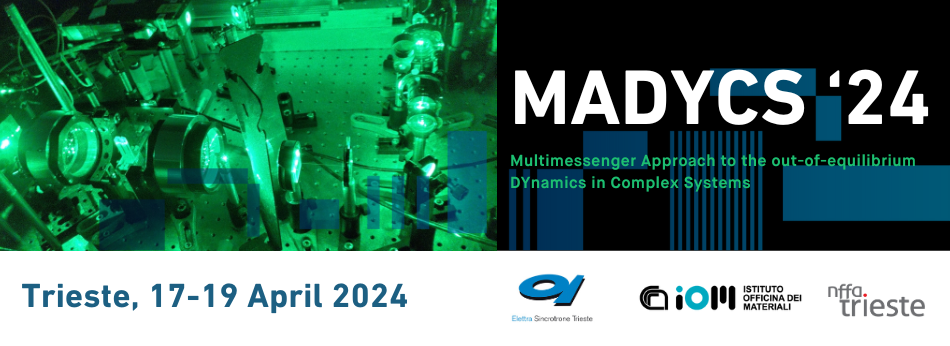Speaker
Description
A well-known problem of FELs is the shot-to-shot instability of several parameters of the XUV pulses, which is usually mitigated with single-shot diagnostics and data sorting in post-processing, based on the available metadata. When such data sorting is crucial, the verification on the outcome of the experiment can be sensitively delayed with respect to the data acquisition, so that potential issues in the experiment may not be promptly diagnosed. Considering the high costs and limited availability of beamtime at FEL facilities, such delay in the data evaluation can be considered a relevant issue.
The seeded FEL FERMI provides, on top of the longitudinal coherence, also good repeatability for most pulse parameters, but it is still subject to considerable oscillations in the pulse intensity, which indeed is the primary parameter to be monitored for the purpose of data sorting. Depending on the specific design of each experiment, some observable quantities can exhibit more robust behaviours than others against FEL pulse oscillations or S/N ratio in the detection. PADs in general do not depend on the pulse intensity (except for the special case of contributions from processes with different non-linearity), but they can still be affected by the non-uniform response of the detector, while the required Abel inversion is sensitive to the S/N ratio. Under proper circumstances though, specific parameters of PADs can be monitored to evaluate almost in real time the outcome of the experiment, and to intervene promptly to correct any faults.

